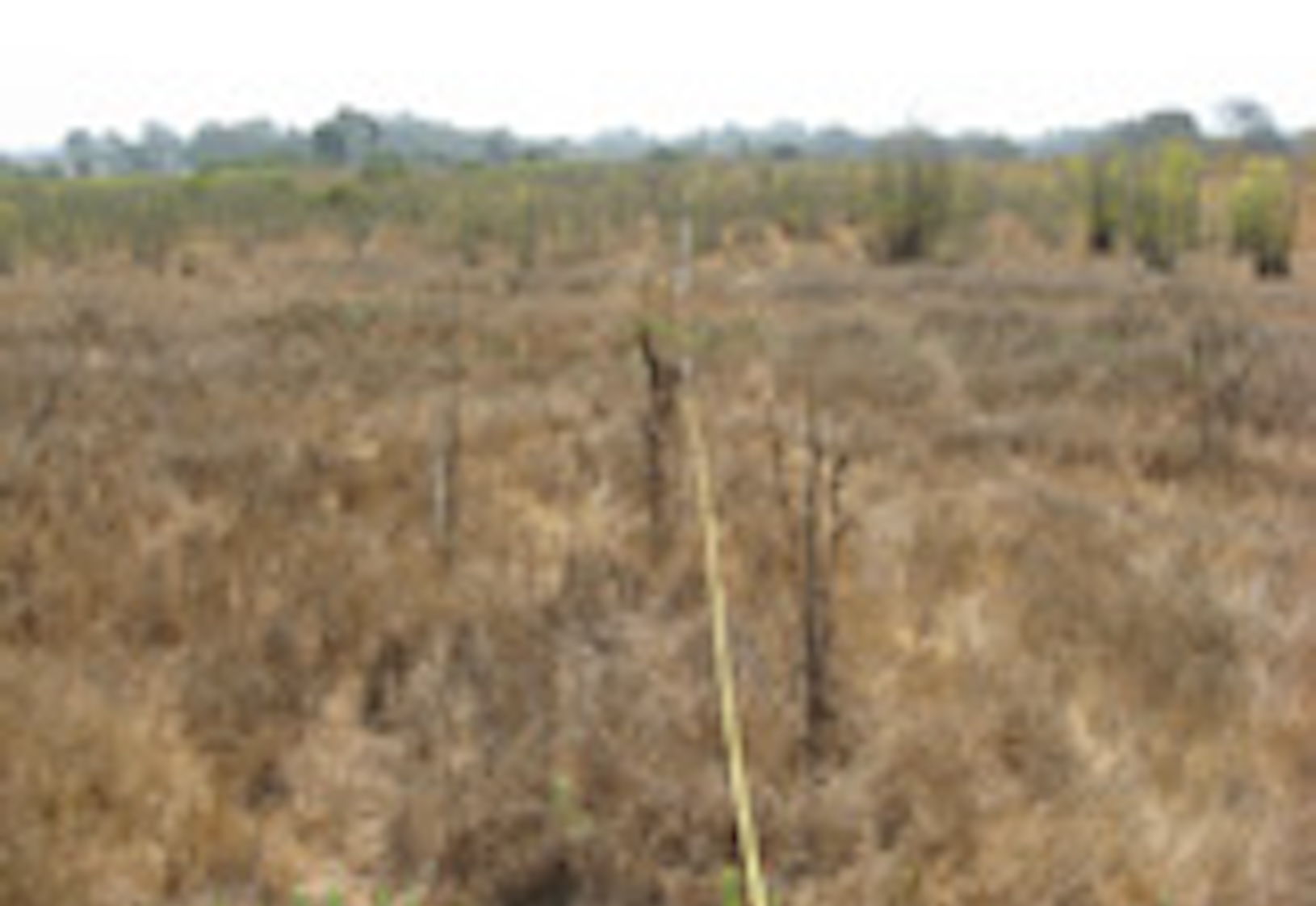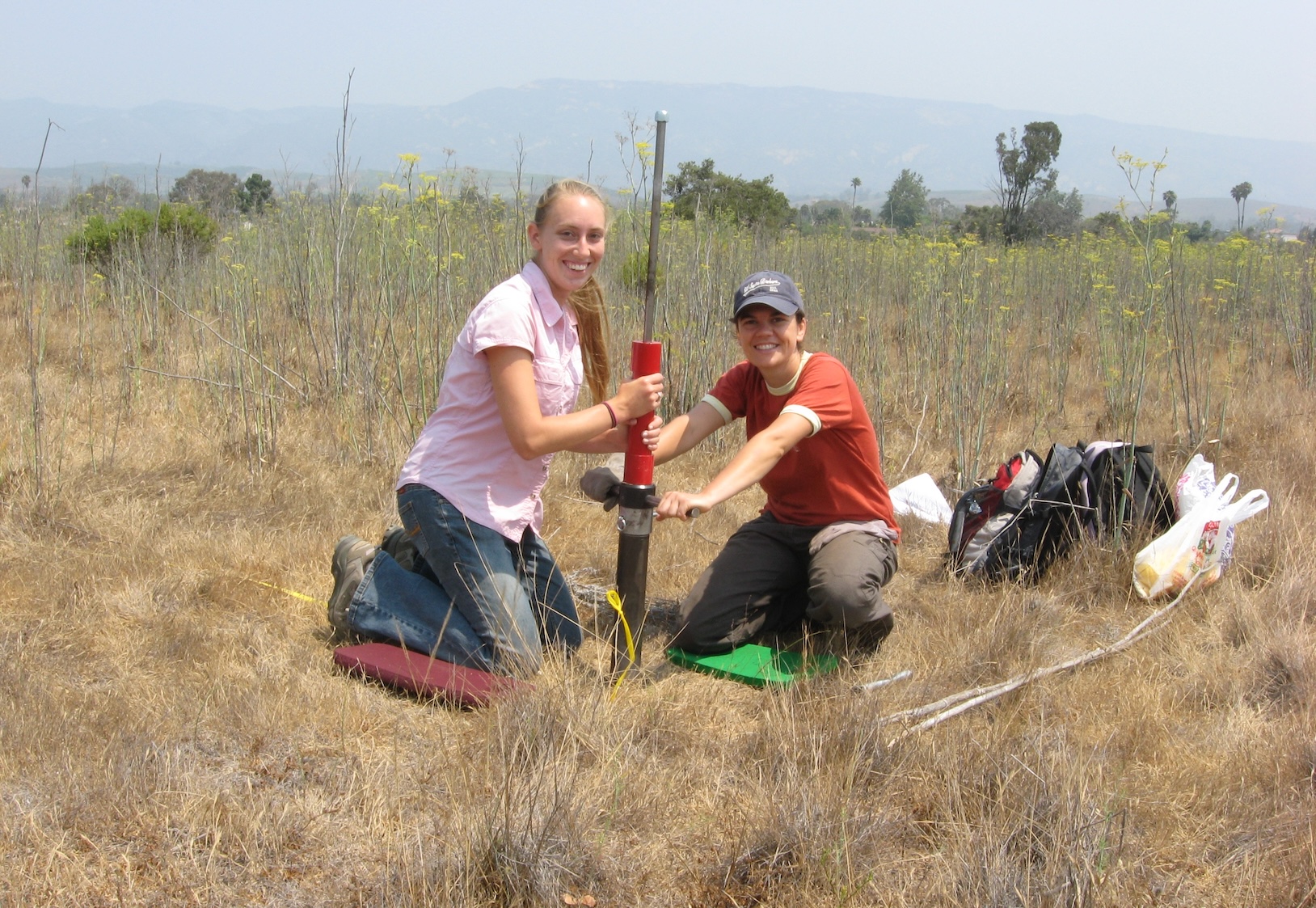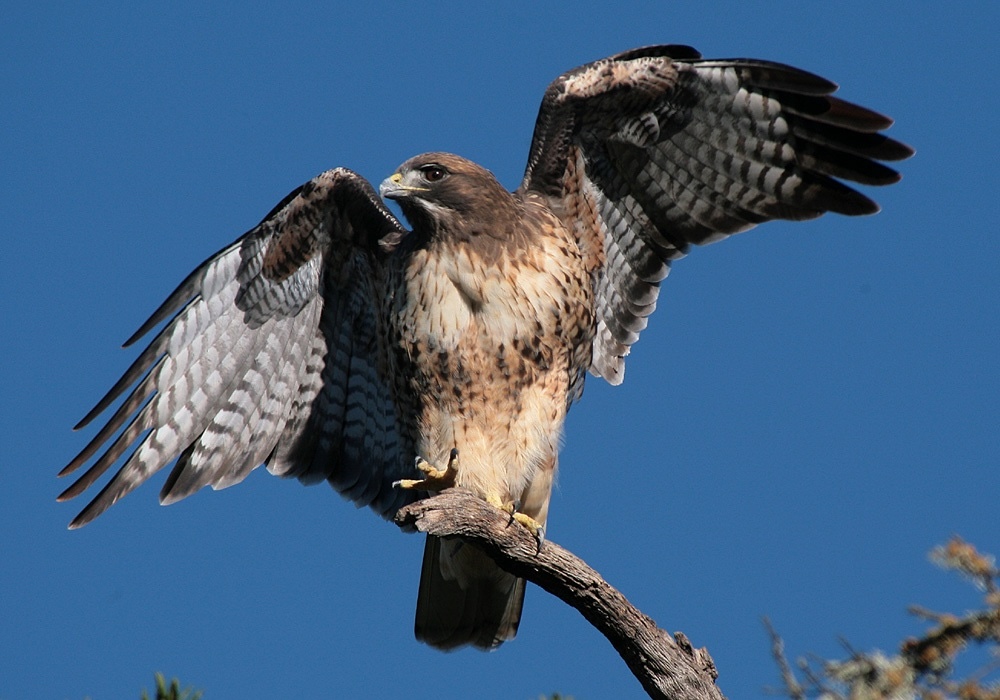South Parcel is an open space area located on the coast between Coal Oil Point Reserve and Ellwood Mesa, extending from the beach north to the North Parcel faculty housing and restoration area. Under protection by a conservation easement granted by the Land Trust for Santa Barbara County, the property serves partially as a 12-acre mitigation site for the nearby North Campus Faculty Housing Project. The site map currently shows that South Parcel covers an area of about 34 acres. This includes the ungraded portion of the North Campus Open Space restoration project, which South Parcel will eventually become part of.
In 1965, topsoil was removed from the site and used to fill the upper portion of Devereux Slough for the construction of Ocean Meadows Golf Course. Land manipulation has accelerated erosion across the site and has enabled non-native invasive plants to colonize many areas. Although highly disturbed, the South Parcel is part of a unique coastal ecosystem and continues to provide a rich foraging area for raptors and other native species.
The South Parcel Habitat Restoration Project will ensure ongoing stewardship and maintenance of the area while providing recreational and educational benefits for UCSB and the community.

South Parcel before restoration in 2008

Students conducting soil and native seed bank studies on South Parcel to inform restoration strategies
Lupines, a native species group that thrives in South Parcel
South Parcel at a glance
Date Initiated: 2010
Size: 9.9 acres
Habitat types: Coastal Sage Scrub, Freshwater Marsh, Vernal Pool, Grassland, Coastal Sand Dune
Special Status Species: Buteo jamaicensis (Red-tailed Hawk), Elanus leucurus (White-tailed Kite), Setophaga petechia (Yellow Warbler), Centromadia parryi ssp. australis (Southern tarplant)
All Cheadle Center restoration monitoring reports, databases, and referenceable data are stored in the Cheadle Center eScholarship repository and can be accessed through our Data and Research Resources page.

Redtailed Hawk (Buteo jamaicensis)